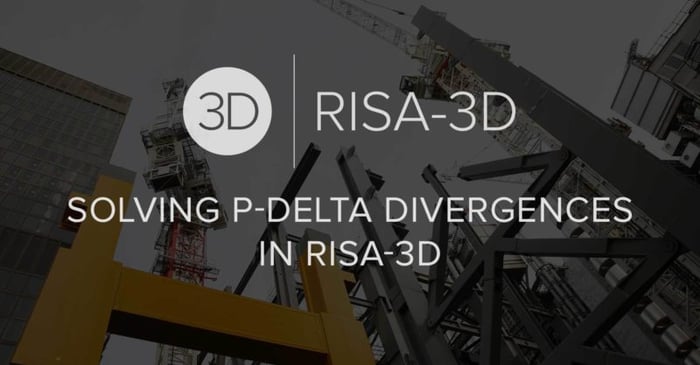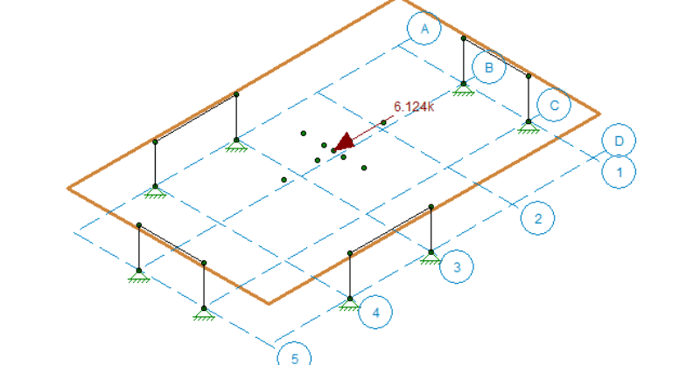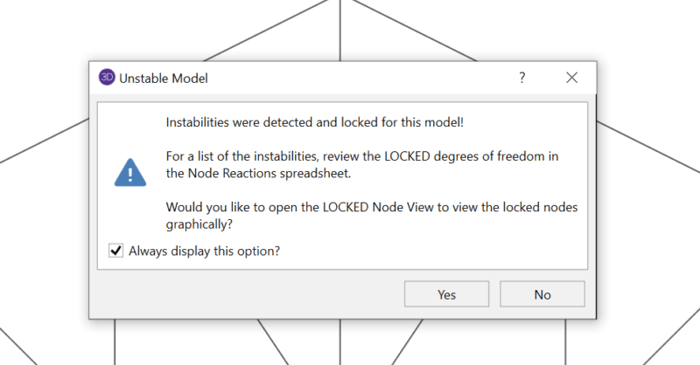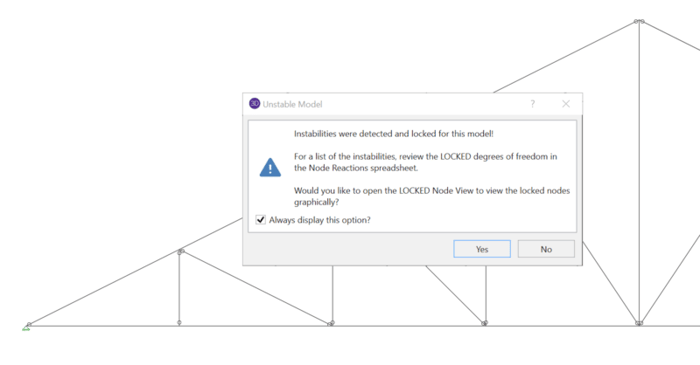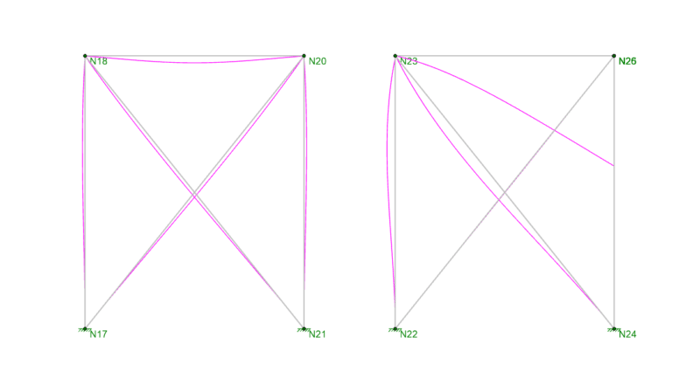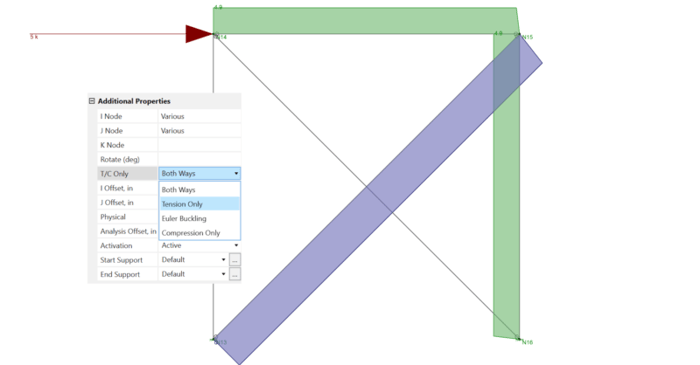
June 3, 2025
The Ultimate Guide to Instability Warnings in RISA-3D
Modeling instability can be one of the most frustrating errors to troubleshoot in structural software. Whether you're a new user or a seasoned pro, instability warnings in RISA-3D can bring your workflow to a halt if not properly diagnosed and resolved. This master article brings together all the...





